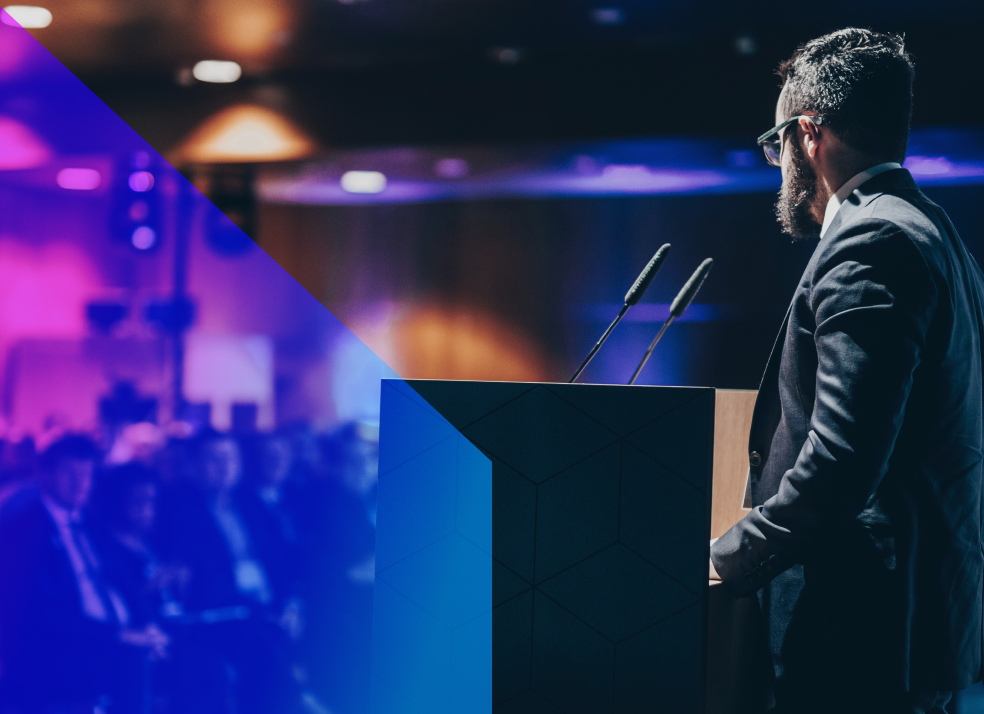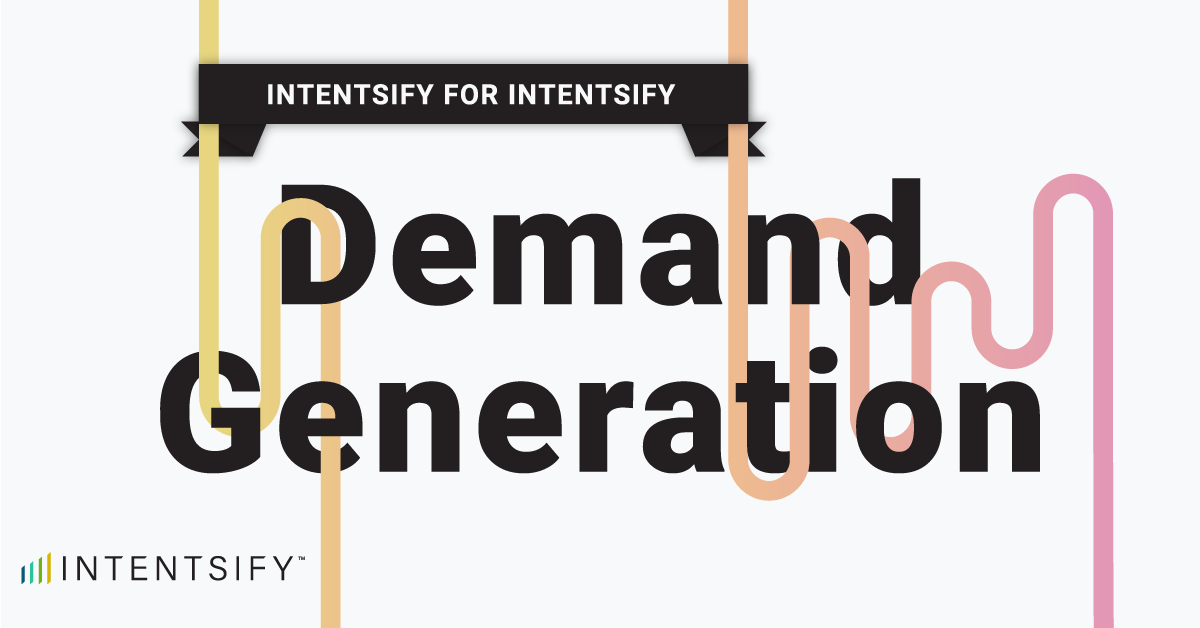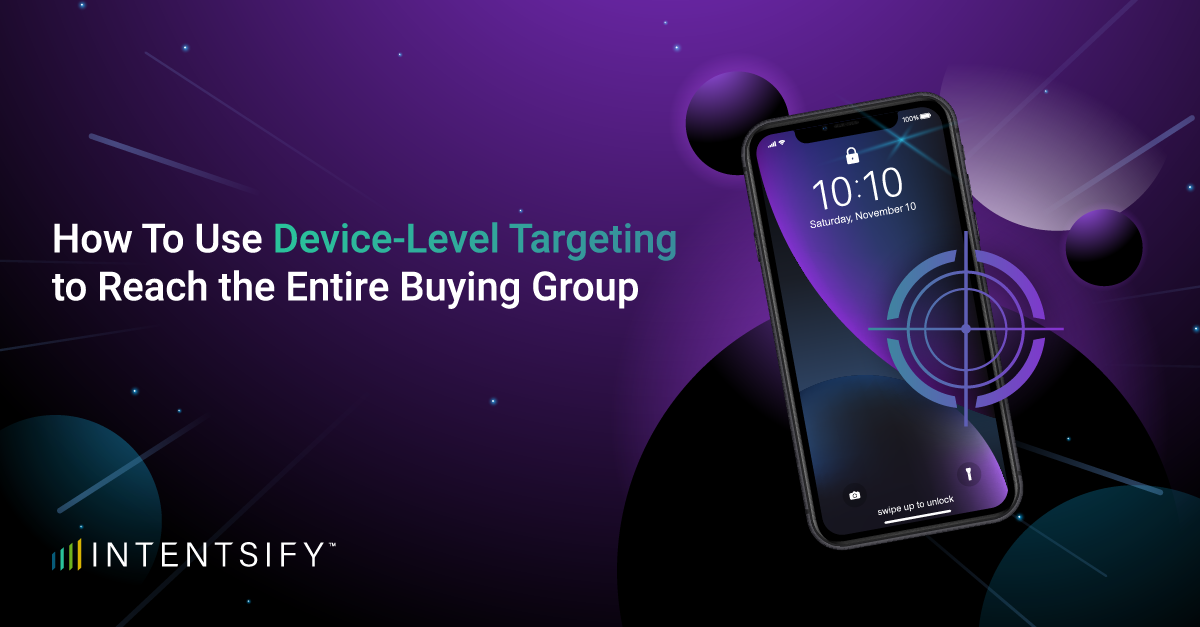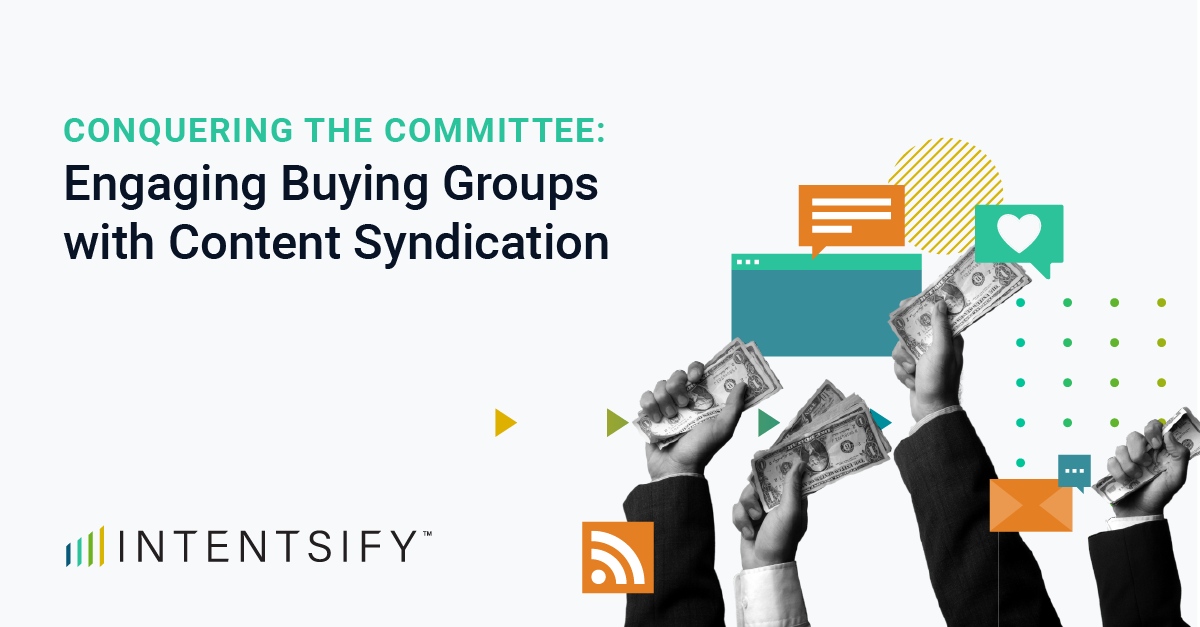Have you noticed? After a whirlwind of digital overload these past few years, people are itching for more face-to-face connections. In the business world, this desire has triggered a major shift: live events are making a big comeback in 2025, shaking up how organizations plan for growth.
It seems like just yesterday we were all wondering if in-person gatherings were officially over for good. But here we are right in the middle of a new era of B2B event marketing. Let’s dive into why these experiences are back in the spotlight, how they’re evolving with fresh technology, and what best practices you can adopt to make your events shine.
Fun Facts:
- The event based marketing industry is projected to reach $2.5 trillion by 2035, according to Allied Marketing Research
- Over 60% of attendees place a higher premium on immersive experiences featuring interactive, hands-on activities and visually striking environments, per a 2024 Freeman Trends Report.
- Over 60% of meeting professionals forecast an increased event budget for 2025, according to American Express Global Business Travel’s 2025 Global Meetings and Events Forecast.
Why Live Events Are Popular Again
Live events bring back the spontaneity that’s often missing in digital meetings. In virtual settings, we’re usually stuck with strict agendas and limited personal interaction. But in an actual conference room or at a bustling exhibit booth, those random run-ins can lead to unplanned yet meaningful conversations. In a B2B environment—where deals often depend on trust, rapport, and good chemistry—that face-to-face element is huge. That’s why B2B event marketing (crafting unforgettable in-person moments that connect businesses) is back on everyone’s radar. People want to see who they might partner with. They want heartfelt stories, hands-on demos, and real-time discussions that you just can’t replicate online.
The Shift to Hybrid Experiences
Even though in-person events are on the upswing, it would be a mistake to think virtual elements are totally off the table. In 2025, we’ve embraced something new: the hybrid event. Companies are combining the best parts of in-person networking with digital tools that let you reach a bigger audience or support remote attendance. So, if someone can’t make it to your LA trade show, they can still join online, ask questions, and even chat with attendees via live feed.
Hybrid events also let you track data in cool new ways and personalize the experience. If a remote viewer downloads a whitepaper during your keynote, your inside sales team can follow up with tailored insights. This synergy between online and offline is exactly what’s supercharging event marketing these days. It creates a flexible, inclusive environment—something that resonates with our modern, globally scattered teams.
Rethinking What Field Marketing Is in 2025
Traditionally, “field marketing” meant doing marketing activities outside your company’s main office—like trade shows, roadshows, workshops, or product demos. The main goal? Face-to-face engagement. In 2025, though, field marketing has gone beyond just setting up booths and handing out swag. Smart marketers are using data-driven targeting, collecting real-time information on booth visitors, and segmenting leads by their actions on-site. Leading up to events, the best teams run pre-event campaigns to warm up leads, engage them during sessions, and then follow up afterward. The result is a blended offline-online strategy that brings the energy of live interaction together with digital convenience.
B2B Event Marketing Is Thriving
In B2B, deals can be high value with multiple decision-makers and longer sales cycles. Companies are focusing on B2B event marketing tailored to niche audiences, going for quality over quantity. Instead of a one-size-fits-all conference, you might see specialized summits on topics like AI-driven manufacturing or green supply-chain tech. These smaller, targeted events draw in folks who share the same challenges—and who are actively looking for real solutions.
And let’s not forget: in-person gatherings let you show off complicated products in a way you can’t do on a webinar. Attendees can try out a software tool, ask questions on the spot, and leave feeling more confident about next steps. Meanwhile, the hosting company gets to highlight what makes them unique, build real connections, and maybe even have some fun—because let’s be honest, the best conferences have a certain “wow factor” that helps people bond and learn naturally.
5 Tips for Event Planning in 2025
- Plan Early, Communicate Often
Good events don’t happen overnight. Book your venue and date as soon as you can—especially if you’re eyeing a popular city. Then, keep your attendees in the loop at every stage. Send invitations early, follow up with reminders, and tease exciting keynote speakers or breakout sessions. - Create a Theme That Resonates
Pick a clear problem or trend your audience cares about and make it your event’s main focus. Let that theme shine in your session topics, your branding, and your overall messaging. A powerful theme helps people immediately understand why they should be there. - Blend Offline and Online Experiences
While in-person connections are the star of the show, enhance them with digital tools. An event app can help attendees plan schedules, request meetings, and even match them with like-minded peers. And don’t skip the live stream. By incorporating virtual options, you’ll avoid limiting yourself to just local attendees. - Leverage Data for Better ROI
Collect and analyze data at every point in the process. Which sessions were packed? How many demos did you give? Who asked questions during a panel? After the event, you can segment leads based on those interactions and customize your outreach. If someone spent 20 minutes at the AR/VR demo, it’s safe to say they’re a hot lead for your AR/VR products. - Build Community Beyond the Event
No one wants an event to be a one-and-done. Keep the engagement going with newsletters, LinkedIn groups, or ongoing content releases. You’ll build a strong community that keeps your brand top of mind long after you’ve turned off the projectors and closed the booths.
Personalization: The Secret Ingredient
If there’s only one tip you remember, make it personalization. B2B attendees are over generic messaging. Show them you get their industry and their unique challenges. Send personalized session recommendations to a CFO, a product manager, and a marketing director—don’t just lump them all together. At the event, use tech to point them to relevant content or introduce them to others with similar goals. The more personalized their experience, the more they’ll value your brand.
Expert insight: “The company demonstrated this approach during our recent trade show when we exhibited an interactive demonstration of our equipment valuation procedure,” says Tracie Crites, Chief Marketing Officer at Heavy Equipment Appraisal. She continues, “Our organization sent pre-show invitations through email to major clients who could make appointments with our team. The event led to a 30% increase in qualified leads which later converted to 10% of those prospects signing contracts in three months. A combination of personalized attention and hands-on interaction between professionals created opportunities that moved customers from simple interest to executing deals.”
The Evolving Role of Field Marketing Teams
Today’s field marketing teams are so much more than brand ambassadors. They’re strategic, data-savvy pros who know exactly which events or locations will have the most impact. They also excel at forging meaningful connections in person—whether that’s at a roadshow, a workshop, or a pop-up demo. A great field marketing team unites offline interactions with the broader digital funnel. If you’re building or leading such a team, look for people who balance solid people skills with analytical thinking. And make sure they have the right tools, such as lead capture tech that syncs directly to your CRM and manages follow-up campaigns. In 2025, success in field marketing is all about blending human touch with data-driven insights.
Engaging Remote Participants
Yes, in-person events are back, but remote attendees still matter. They might be in a different country or can’t travel for other reasons. You don’t want to lose them, so here’s how to bring them into the action:
- High-Quality Streaming
Invest in a reliable platform so remote viewers aren’t wrestling with freezing video or muffled sound. - Interactive Elements
Let online participants ask panelists questions in real time, join quick polls, or jump into virtual breakout sessions for more focused discussions. - Virtual Swag
Digital gift baskets or coffee vouchers can make remote folks feel just as appreciated. It’s a small gesture, but it shows you value their time.
By thoughtfully integrating remote and in-person experiences, you expand your reach without losing the energy of a live audience.
Expert tip: “I suggest interactive tools such as virtual roundtable discussions and polls and live Q&A interactions,” advises Crites. She adds, “The addition of live chat together with social media integration produced a 25% boost in online interaction according to our observations.”
Measuring Success in 2025
Registration numbers don’t tell the whole story. Many marketers now turn to engagement metrics—things like lead generation, engagement rate, and conversion rate. Things like session attendance, meeting requests, and content downloads triggered by event interactions are all important to track. But the biggest metric of all is still pipeline generation. Are you getting high-quality leads? Are these leads moving faster through the funnel than your usual inbound prospects?
Expert tip: “After our recent event analysis revealed that 40% of all leads emerged from one particular session which enabled us to establish a follow-up strategy for those attendees, we achieved better conversion rates,” Crites shares.
Real-World Examples of Great 2025 Events
Imagine a software company that specializes in logistics tech. They host a two-day expo with hands-on workshops covering supply chain optimization, AI-based route planning, and compliance tips. On day one, attendees get their hands dirty with the actual software in a sandbox environment. On day two, a “Future of Logistics” panel features top influencers in the field. Meanwhile, remote viewers can tune in via high-quality live stream and set up one-on-one virtual demos. This is the magic of modern event marketing—where in-person excitement meets digital reach. You’ll even find inspiration on resources like Intentsify’s list of The Must-Attend B2B Marketing Conferences of 2025.
The Future of B2B Event Marketing and Field Marketing
As we look ahead, in-person events will keep weaving in immersive technologies like AR demos, AI-driven matchmaking, and digital badges that store your professional profile. Expect a growing emphasis on sustainability, too—think eco-friendly venues and greener logistics. B2B audiences care about corporate responsibility, and events that reflect these values can boost your brand’s reputation.
Field marketing will remain a powerhouse, but you might see smaller, more specialized get-togethers like private executive dinners or local micro-events. Sometimes a cozy setting generates deeper conversations than a crowded expo hall. Marketers who can pull off these intimate, focused experiences—while still tying into their broader marketing plans—will be in high demand.
So here we are in 2025, watching event marketing flourish again, powered by our collective craving for real, human experiences. The key is to blend in-person energy with cutting-edge technology to create hybrid and highly personalized moments. Smart businesses realize that meeting in real life is a great way to build trust, close deals, and grow networks.
Don’t forget how field marketing has grown—data-driven tactics, sophisticated lead tracking, and strategic positioning make all the difference. As you plan your next event, focus on meaningful content, interactive fun, and digital tie-ins that deliver real value. Keep your audience in the loop before, during, and after the event. After all, your gathering is more than just a date on the calendar—it’s an opportunity to stand out, be authentic, and spark genuine connections that you can’t replicate behind a screen.
Ready to rev up your 2025 marketing strategy? Make room for these in-person (and hybrid) experiences. Whether you’re going big with an expo or small with a roadshow, bringing people together in the same space—physically and digitally—can truly transform how they see your brand. Embrace live engagement, smart data capture, and an ongoing sense of community, and you’ll keep your B2B event marketing engine running strong for years to come.






